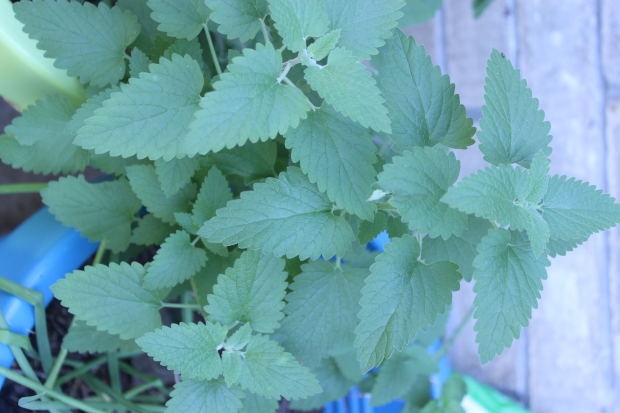
 Loading... Please wait...
Loading... Please wait...Save Money. Grow Your Own!
Fast Plain Box Shipping.
We ship to the US & Canada.
Posted on 1st Dec 2015

In hydroponics, it's the unfortunate reality that you often won't know anything is going wrong unless you start looking at your plants.
Troubleshooting is one of the most frustrating things about this type of project. It's not like you can just read a code off of your grow box and introduce the solution. Maintaining plant cycles often takes some investigative work and quite a lot of knowledge about biology, chemistry at all the rest of it.
Here are some fundamental steps to staying informed and knowing what to do in any kind of plant emergency.
Observe Plants Regularly
First, you need to make sure that you have access to your plants on a regular basis, ideally, every day, or even multiple times a day.
Walk the rows and look for those little warning signs of problems. Trying to spot any yellowed or withering leaf tips. Look for wilting and other signs that plants may not be getting enough of what they need.
Over time, you will get better at observing your plants this way. This is going to be one of your first clues that something needs to be done to support plants to harvest.
Read Up About Biggest Plant Dangers
Another thing you can do is to settle in with some background reading about specific plant hazards. For example, pythium is an aggressive bacteria that can devastate plants. But it can be hard to spot. Instead, there are specific prevention strategies that you'll read about and hopefully put into practice.
Ask Other Growers
In many ways, hydroponics is often a collaborative enterprise. People go to more seasoned and experienced pros and ask them what to do about garden emergencies. These days, you can get a lot of this online in forums where growers talk about what has worked for them in the past, and what's likely to work well in the future.
Buy Enough Support Equipment
Another good thing that you need to do is to set up your grower’s toolbox. Without the right toolbox, you can be relatively powerless to respond to certain situations.
One good example is to have a handy pH adjustment solution. Over time, the water in the reservoir will change in terms of pH value, and this can be threatening to plants. You don't want too much of an extreme pH on either end. So adding a lot of good pH up or pH down can be an immediate solution, but again, you need to have that available and on hand.
For more about hydroponics, check out the Dealzer website. Browse our forums to get information from experienced growers. Check our blog posts for more of what to do to ensure healthy harvests. Thanks and happy gardening!